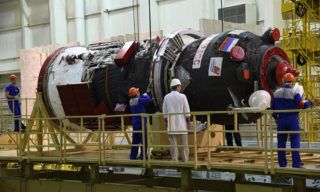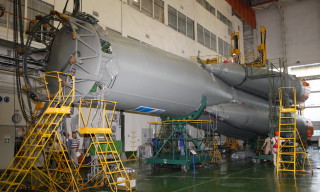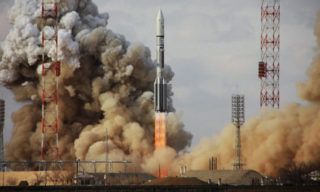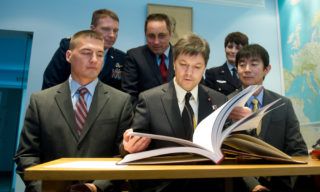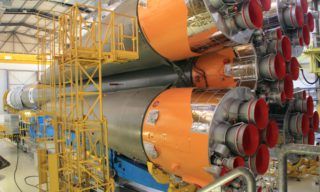Starliner’s return to Earth has been postponed for an undetermined period
NASA has again postponed the undocking of the much-troubled Starliner spacecraft from the ISS. Astronauts Butch Wilmore and Sunita Williams will have to stay in orbit for at least more than two weeks, and the agency does not even call the specific date of their return to Earth. The first half of July experts plan to spend on ground tests – in particular, they will try to simulate helium leak on the stand in New Mexico on the ship to understand how safe Starliner will depart from the station and return home.
Officials from NASA and Boeing, which built the CST-100 Starliner spacecraft, explained that they will not set a specific date for the spacecraft’s return until they conduct additional ground tests. The tests will begin on July 2 and last about two weeks, and only after analysing the data obtained will a new date for the ship’s undocking be announced.
“Butch and Sunita are not stuck in space,” assured NASA Commercial Crew Program Manager Steve Stich, speaking at a June 28 press conference. He said the agency is in no hurry to return them to Earth because the International Space Station is a safe place to safely deal with problems that have arisen on the craft and make sure it is ready to fly home.
The tests will be conducted at the White Sands Test Site in New Mexico. During them, experts will try to simulate a malfunction on the Starliner, specifically a helium leak in the valves of its propulsion system. To do this, they will take the same engines and test them in a flight-like mode and under the same temperature conditions. The data collected will also be useful in planning future Starliner flights to the station after its certification (if the current Starliner successfully returns to Earth).
As emphasised by Boeing vice-president Mark Nappi, engineers have not yet sufficiently understood the problems encountered on the ship to solve them definitively. Therefore, ground tests are conducted before the return of Starliner to Earth, and not after – their results may prompt dispatchers to conduct another test of Starliner engines while it is docked to the ISS. At the same time, Nappi expressed regret that the first flight of Starliner with the crew was negatively covered in the media. In his opinion, despite the problems encountered, the expedition is going “really well”.
As emphasised in NASA and Boeing, now there is no need to worry about helium leaks: they do not threaten either the ship or the crew. Its quantity is enough to perform safe manoeuvres when returning to Earth. Some concerns are caused by the energy reserves of the batteries on Starliner – they will be enough only for 45 days. However, experts say that they will have time to charge them by that time – from the onboard power system of the ISS. In total, Starliner will be able to remain docked to the ISS for up to 210 days.





